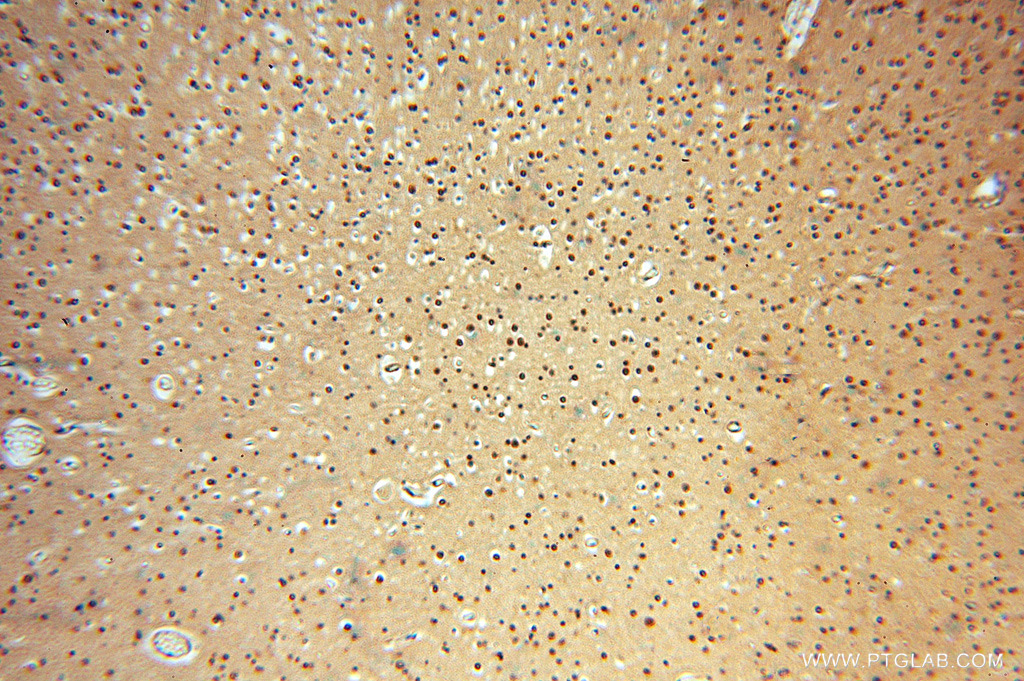Amyotrophic Lateral Sclerosis (ALS)
TDP-43 - The key protein in ALS Disorder
ALS Awareness month
May is ALS Awareness Month, observed to raise awareness of and support research for amyotrophic lateral sclerosis (ALS). Scroll down to learn more about ALS, TDP-43 and its contribution to ALS research.
For more information about ALS Awareness Month and how to get involved visit the ALS Association website.
What is ALS?
ALS (also known as Lou Gehrig’s disease) is a common adult-onset neuropathological disease. Typical symptoms include hand and leg weakness, loss of ability to initiate/control movements, and slurred speech. The disorder is marked by the loss of motor neurons in the brain and spinal cord, and atrophy of the frontal and temporal lobes.
The majority of pathogenic mutations are present in TAR DNA-binding protein 43 (TARDBP/TDP-43), fused in sarcoma (FUS; Figure 1), ubiquilin 2 (UBQLN2; Figure 2), SOD1 (Figure 3), and also in the non-coding region of C9orf72.
| Figure 1 |
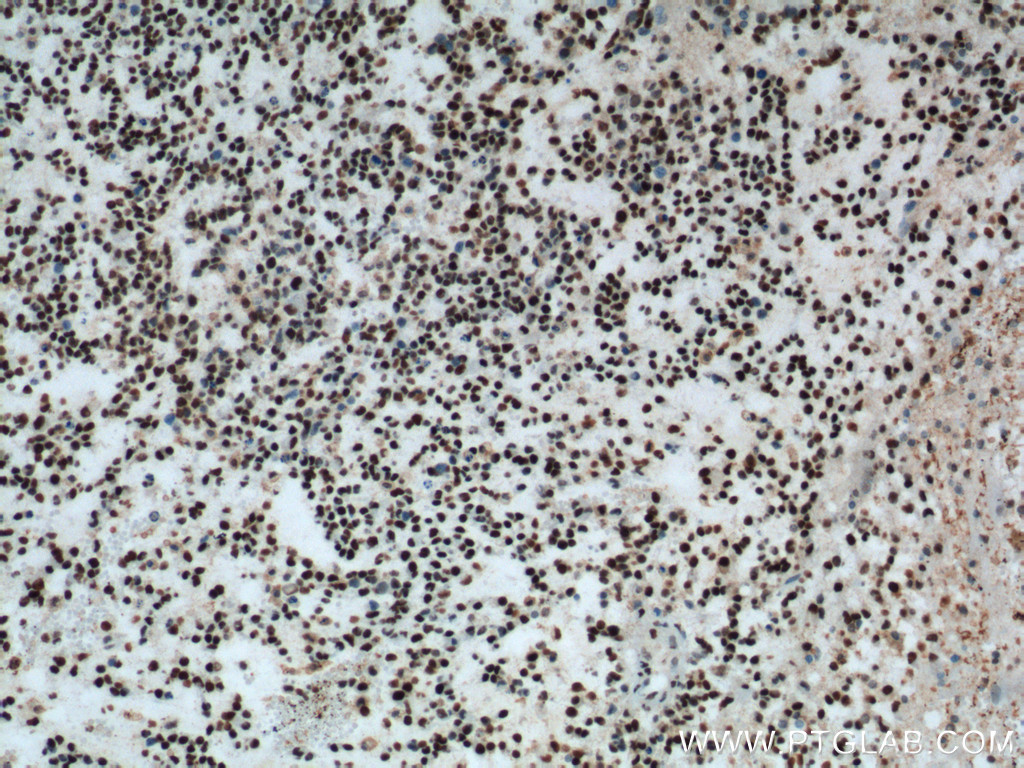 |
| Immunohistochemical staining of paraffin-embedded human gliomas tissue slide using 60160-1-Ig (FUS/TLS antibody) at a dilution of 1:1000 (under 10x lens). A heat mediated antigen retrieval step was performed with Tris-EDTA buffer (pH9). |
| Figure 2 |
 |
| Rat brain tissue lysate SDS PAGE western blot with 23449-1-AP (UBQLN2 antibody) 1:800 room temperature for 1.5 hours. |
| Figure 3 |
|
|
| Immunohistochemical staining of paraffin-embedded human brain using 10269-1-AP (SOD1 antibody) at a dilution of 1:50 (under 10x lens). |
TDP-43: The key protein in ALS Disorder
For over 10 years hyperphosphorylated, ubiquinated, and/or cleaved forms of TAR DNA-binding protein 43 (TDP-43) have been known as abnormalities in ALS.
A higher number of neurodegenerative diseases associated with pathological aggregates of TDP-43 have led to its new designation; TDP-43 proteinopathy.
TDP-43, encoded by the TARDBP gene, was identified as a transcription factor involved in transcriptional regulation, mRNA splicing/ translation/transport, miRNA biogenesis, and even nuclear body formation.
As an RNA-processing protein, TDP-43 has also been identified as a component of stress granules and translocates to cytoplasm from the nucleus during stress to maintain protein homeostasis.
| Figure 4 |
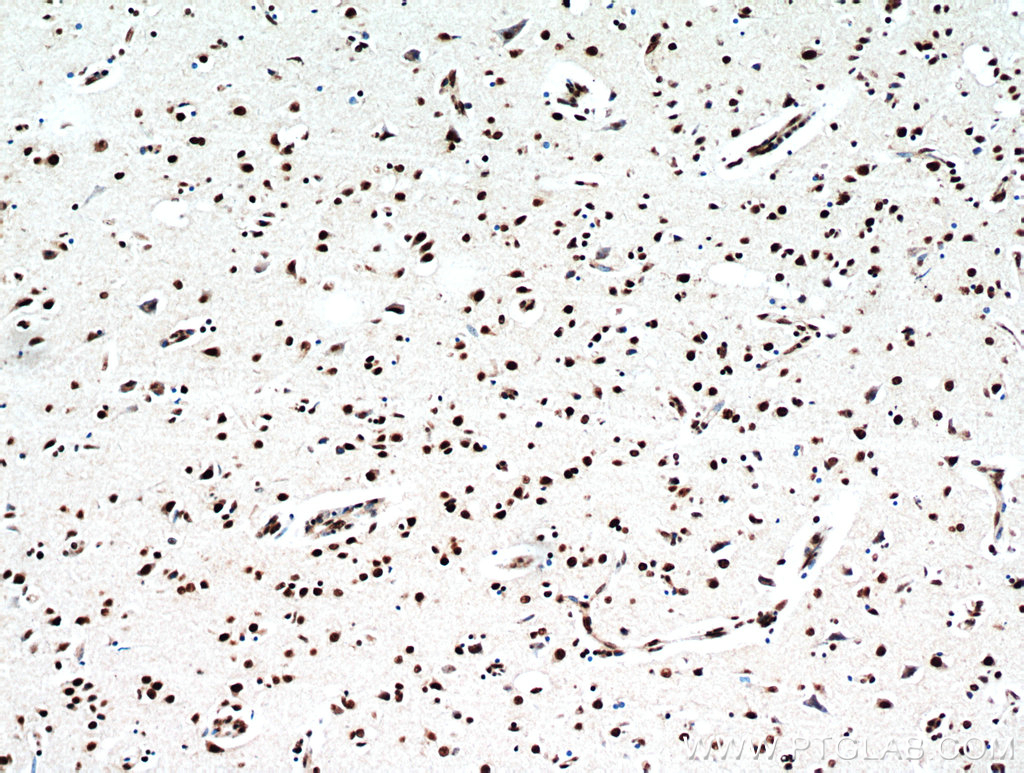 |
| Immunohistochemical of paraffin-embedded human brain using 10782-2-AP(TARDBP antibody) at dilution of 1:50 (under 10x lens) |
| Figure 5 |
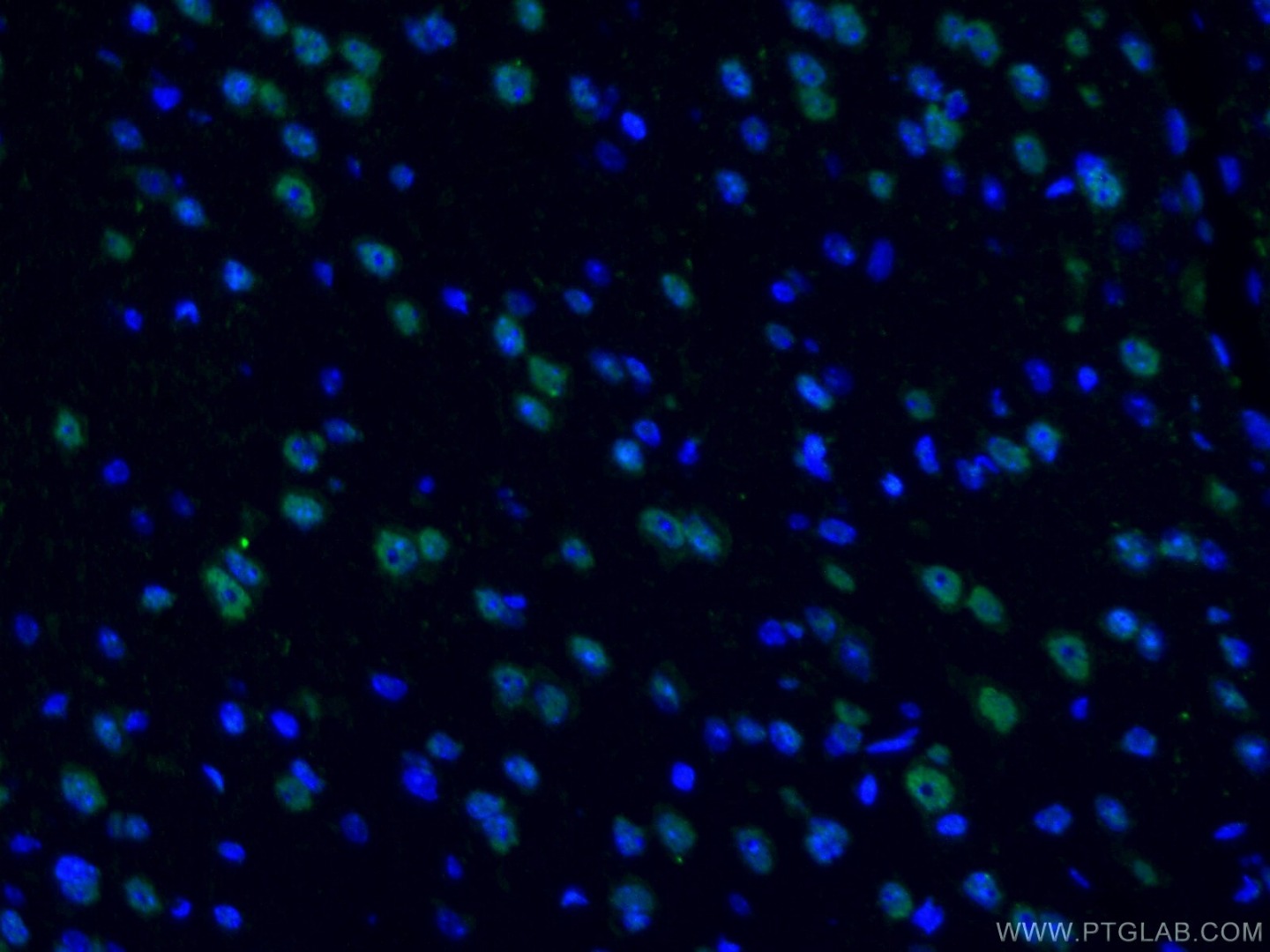 |
| Immunofluorescent analysis of (4% PFA) fixed mouse brain tissue using 10782-2-AP (TDP-43 antibody) at dilution of 1:50 and Alexa Fluor 488-conjugated AffiniPure Goat Anti-Rabbit IgG(H+L) |
ALS and C9ORF72 Proteintech antibodies
A hexanucleotide repeat expansions (HRE) of GGGGCC in C9orf72 is a second key genetic cause player in ALS. Recent studies by Davidson Y et al. have confirmed the high specificity of Proteintech C9orf72 antibodies, highlighting their great value for research and diagnostic purposes.
| Figure 6 |
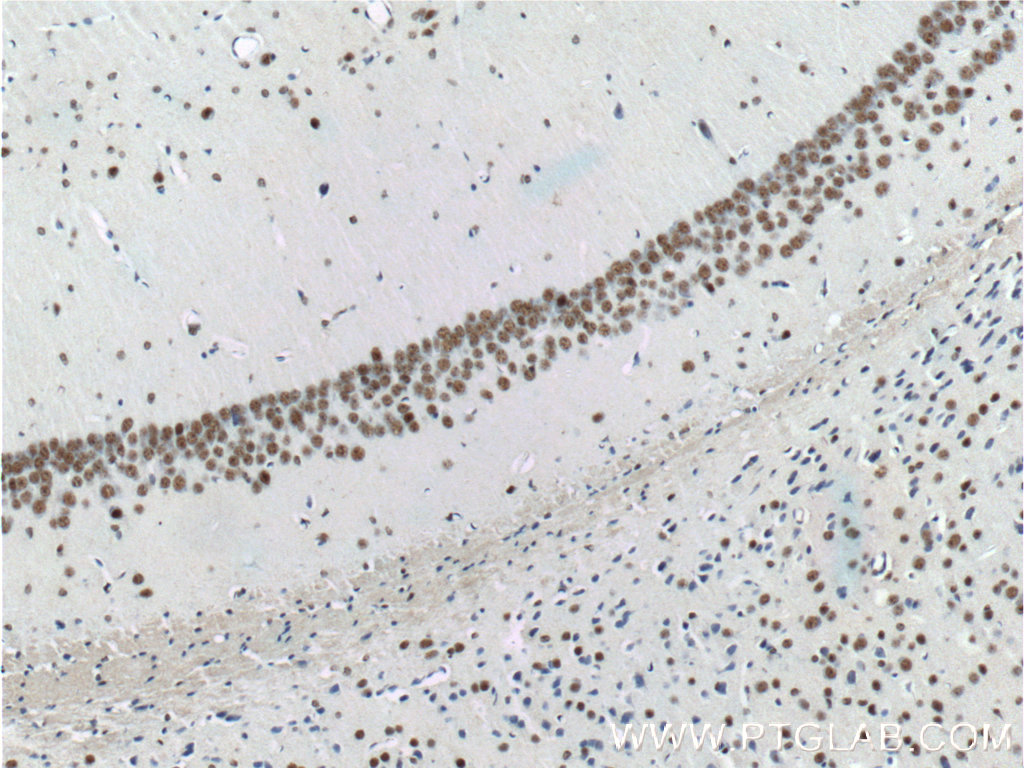 |
| Immunohistochemistry of paraffin-embedded mouse brain tissue slide using 10782-2-AP (TDP-43 antibody) at a dilution of 1:200 (under 10x lens). |
| Figure 7 |
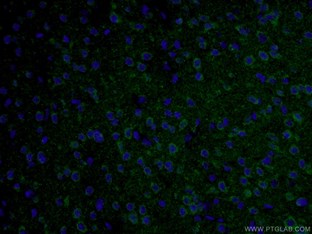 |
| Immunofluorescent analysis of (4% PFA) fixed mouse brain tissue using 10274-1-AP (TAU antibody) at a dilution of 1:50 and Alexa Fluor 488-conjugated AffiniPure Goat Anti-Rabbit IgG(H+L). |
Related Antibodies
| ALS2 | C9orf72 | OPTN | Profilin 1 | TDP-43 (Human Specific) | VGLUT2 |
| Angiogenin | FUS/TLS | p150 glued | PTEN | VCP | UBQLN2 |
| Ataxin | GFAP | P62/SQSTM1 | SOD1 | VGLUT1 |
Related articles
